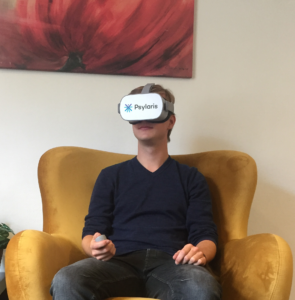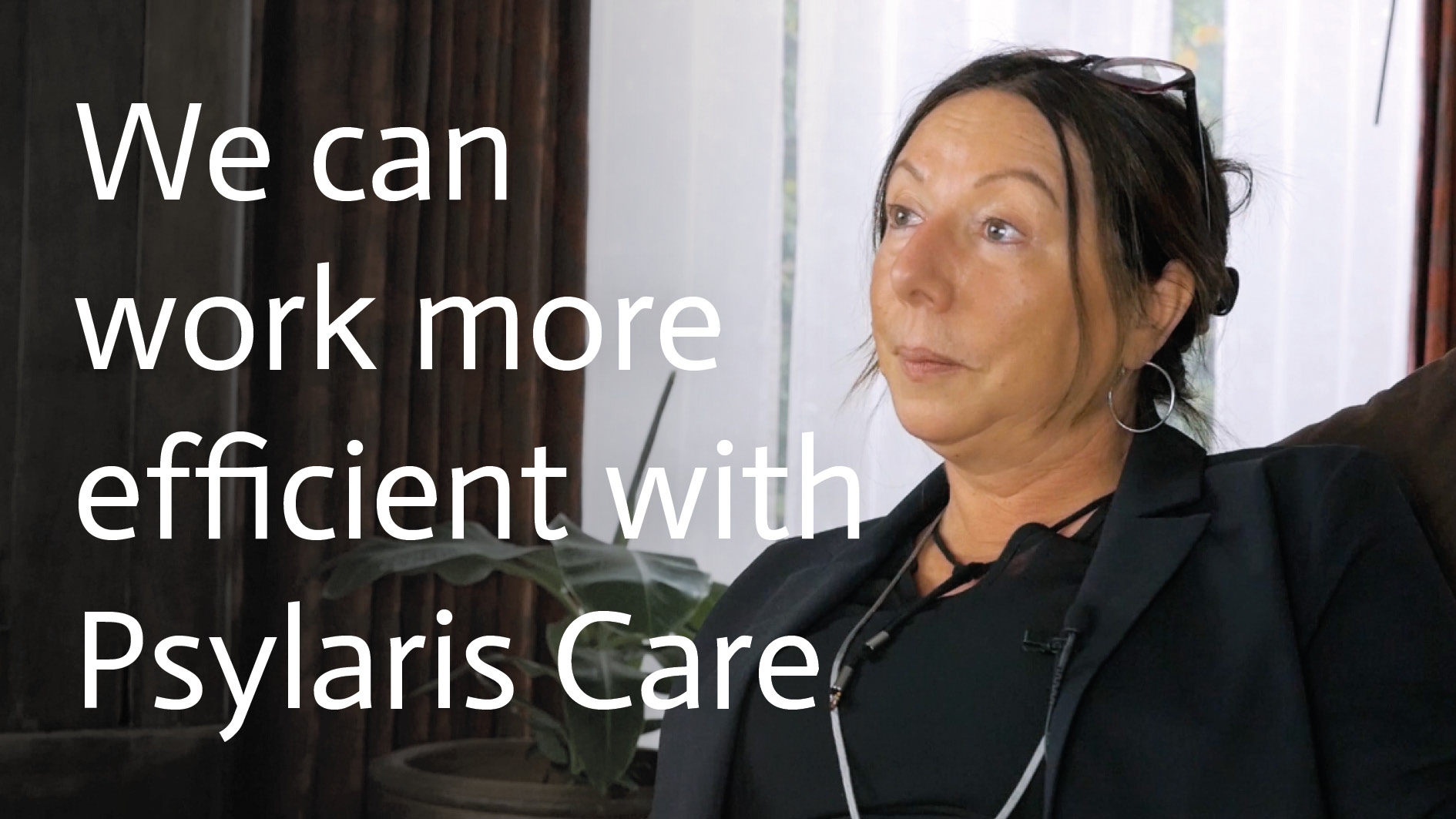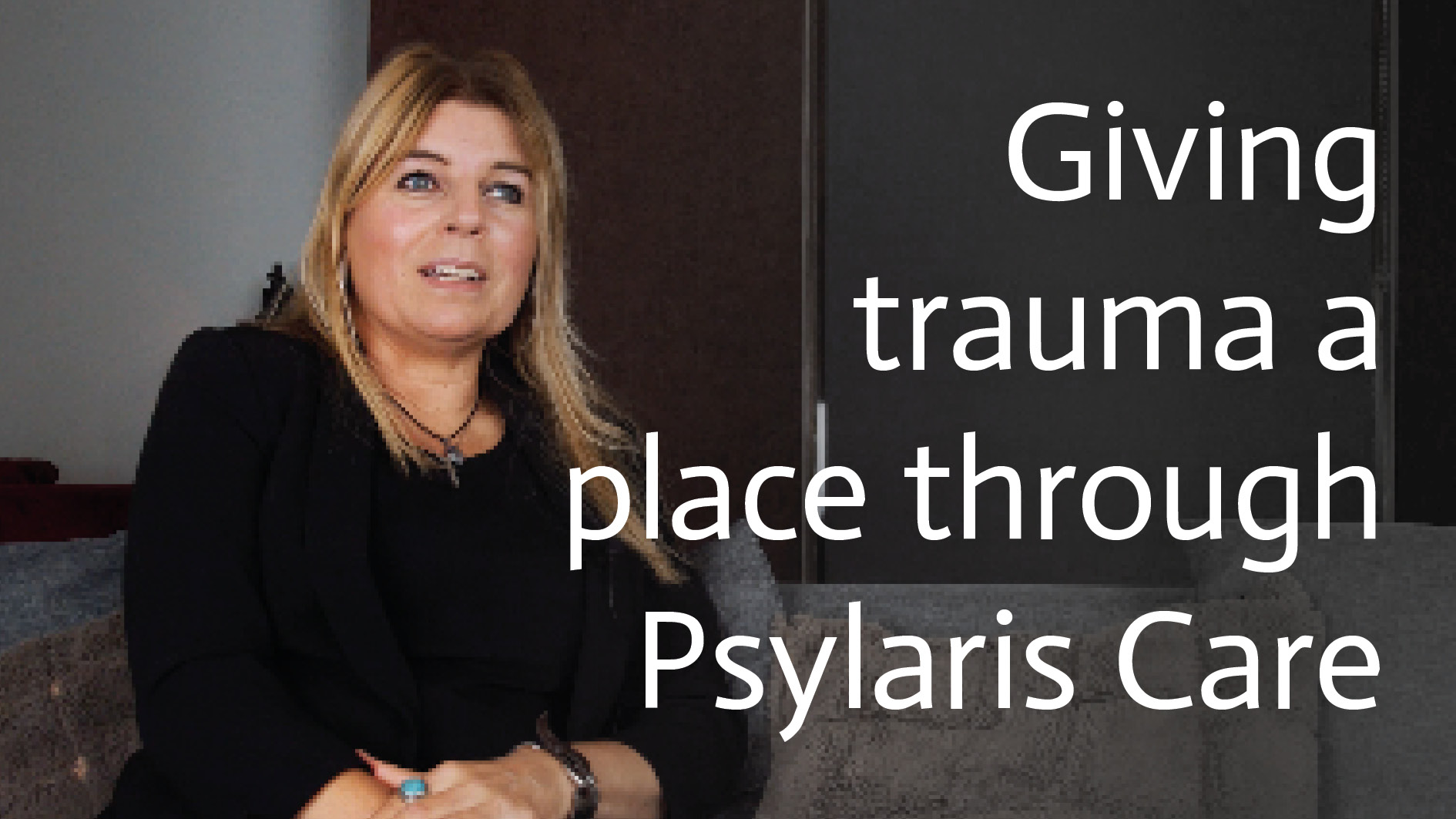Virtual reality (VR) therapy is a new way to treat pain. VR therapy uses computer-generated simulations of real environments to provide patients with immersive, realistic experiences that can help distract and manage pain. Numerous studies have shown that VR therapy can be effective in reducing pain, and it is becoming increasingly popular as a treatment option for people suffering from chronic pain. One of the major advantages of VR therapy is that it can be used to treat a wide range of pain conditions. VR therapy has proven effective in treating everything from post-operative pain to chronic pain conditions such as fibromyalgia. VR therapy can also be used to provide relief to people suffering from phantom pain, a condition in which people feel pain in a limb that has been amputated.
Another advantage of VR therapy is that it is non-invasive and does not require medication. This makes it an attractive treatment option for people looking for an alternative to traditional pain management methods. VR therapy is also becoming more affordable as the technology becomes more accessible.
Chronic pain is a common, complex and costly problem. It is the most common cause of disability worldwide. Chronic pain is defined as persistent and/or recurrent pain that persists for more than three months. Primary chronic pain is associated with significant emotional distress and functional limitations that cannot be explained by another chronic condition. Secondary chronic pain conditions are caused by a lesion or disease that persists after full physical recovery.
Given the complexity of treating chronic pain conditions and increasing concerns about the safety and efficacy of opioids and antidepressants, for example, non-pharmacological alternatives are increasingly being considered. Virtual reality (VR) is an emerging technology for the alternative treatment of medical and psychological problems, including the relief of acute pain. There are a growing number of studies on the effect of VR on chronic pain. In recent years, VR has advanced to the point where it is now being used in the medical field, for example to distract patients during surgical procedures and in medical exercise therapy.
The underlying mechanism explaining the analgesic effect of VR relies mainly on the following two pillars: short-term distraction and long-term neuroplasticity. 'Distraction' means that attention is diverted from the pain. This occurs mainly during and shortly after a VR session. The visual, auditory and sensory impressions of VR capture the patient's attention, emotions and memory. It has been suggested that VR can induce long-term neuroplastic changes in sensory and motor areas of the brain. These changes are similar to what is observed in the brain when learning a new skill, such as learning a sport or a musical instrument.
There is increasing research into VR for people with chronic pain. VR technology is getting better and more immersive for the user. The technology is also becoming more mobile so that it can be used at home.








